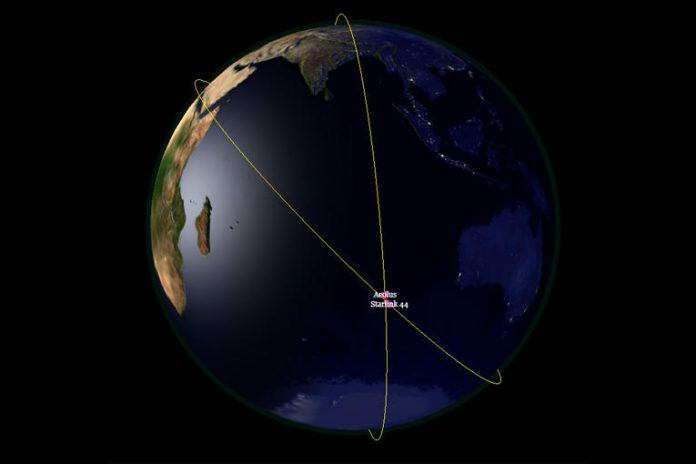A bug in SpaceX’s communication system kept the company in the dark about potential satellite collision.
Elon Musk’s SpaceX satellite constellation had a near collision with the European Space Agency’s Aeolus satellite, forcing it to fire its thrusters to raise its altitude in an emergency avoidance maneuver.
In a series of Tweets, the European Space Agency said it calculated the risk the SpaceX Starlink satellite constellation and the Aeolus satellite would collide and determined the safest option was for the Aeolus to increase altitude and pass over the SpaceX satellite. A satellite constellation is a collection of small satellites clustered together. SpaceX declined to comment to one media outlet.
The European Space Agency said the crash avoidance maneuver took place ½ an orbit before the potential collisions. Aeolus called home shortly after the incident and is sending back the usual data.
The European Space Agency said it was the first time the satellite had to be moved to prevent a collision with a cluster of satellites. “It is very rare to perform collision avoidance maneuvers with active satellites. The vast majority of ESA avoidance maneuvers are the result of dead satellites or fragments from previous collisions,” ESA said in the Tweet.
According to the European Space Agency in 2018 it engaged in 28 maneuvers designed to avoid a crash. It warned the problem could get worse as satellite constellations including Starlink and others grow to thousands of satellites.
“These avoidance maneuvers take a lot of time to prepare – from determining the future orbital positions of all functioning spacecraft to calculating the risk of collision and potential outcomes of different actions,” ESA said in the Tweet. “ESA is preparing to automate this process using #AI #ArtificialIntelligence. From the initial assessment of a potential collision to a satellite moving out of the way, automated systems are becoming necessary to protect our space infrastructure.”








